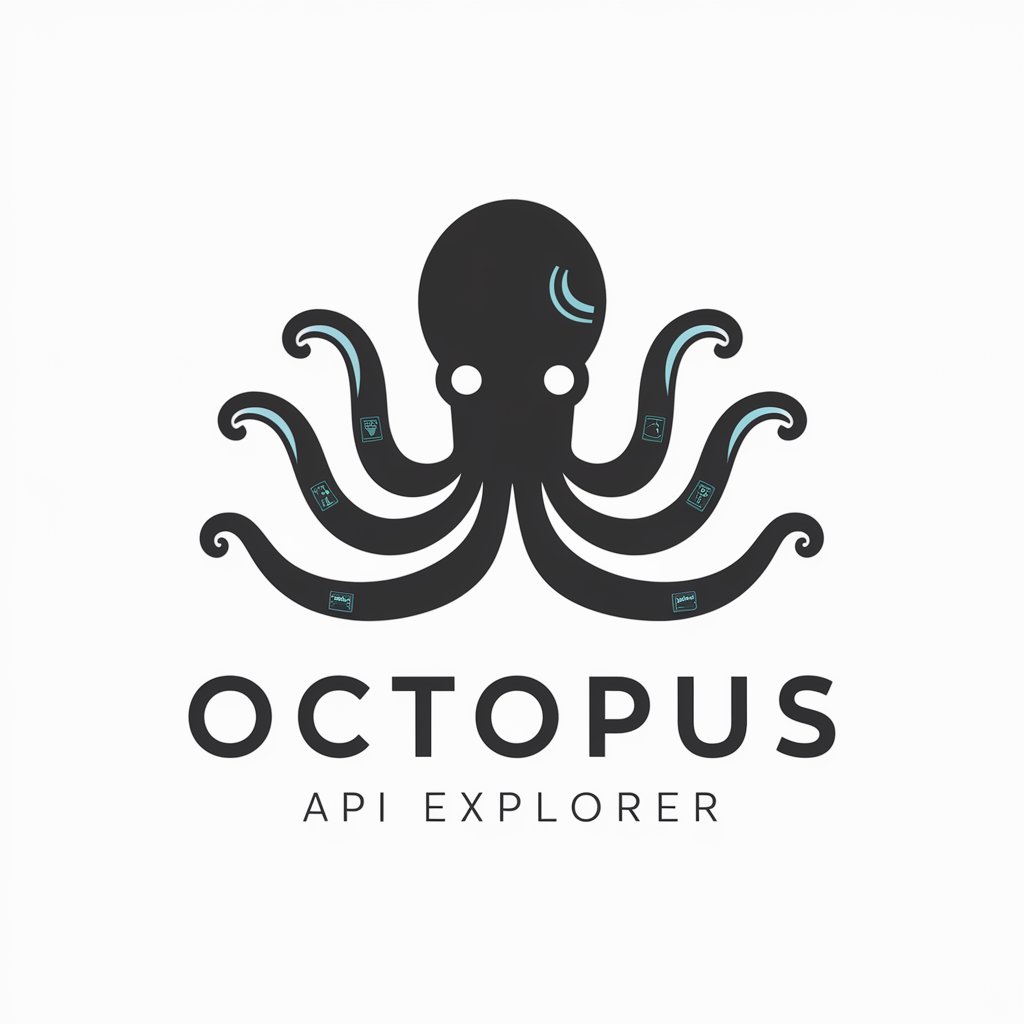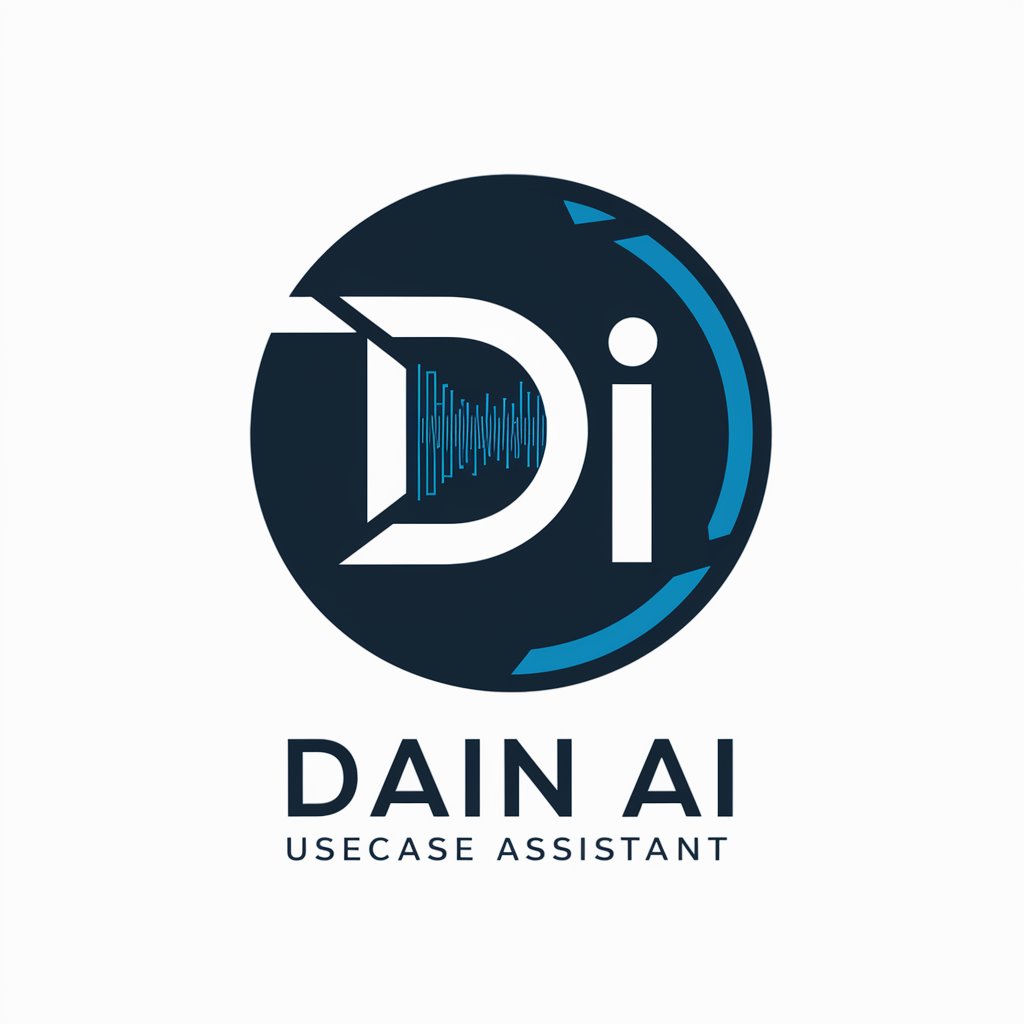
Octopus API Explorer - versatile API exploration

Hello! How can I assist with Octopus API today?
Unleash API potential with AI power
Generate an overview of API endpoint usage...
Explain how to integrate the user service with...
What are the steps to authenticate using the IAM service...
Describe the process for creating a new excursion using the API...
Get Embed Code
Introduction to Octopus API Explorer
Octopus API Explorer is designed as a comprehensive tool to aid users in navigating and utilizing the APIs provided by the Octopus platform, focusing on various functionalities such as static data management, excursion definitions, organization operations, and user management. It serves as a gateway for developers, analysts, and administrators to interact with the Octopus platform's services, facilitating operations like data retrieval, manipulation, and integration into other systems. For example, a user can leverage the API to create, update, or fetch static lookup data, manage excursions or tours, handle organization-related tasks, and manage user accounts within the Octopus ecosystem. This tool is particularly valuable in scenarios where businesses require seamless integration with Octopus services to enhance their operational efficiency, develop custom applications, or automate workflows. Powered by ChatGPT-4o。

Main Functions of Octopus API Explorer
Static Data Management
Example
Creating and updating lookup tables for application data normalization.
Scenario
A travel agency uses the API to bulk-create location data for their new tours, ensuring all tour information aligns with the standardized location identifiers within the Octopus platform.
Excursion Definition Management
Example
Defining and updating excursions, including details like coordinates, timings, and restrictions.
Scenario
An excursion operator updates an existing tour to include new restrictions based on seasonal weather conditions, ensuring customers are well informed of the operational days and times.
Organization Operations
Example
Managing tenant organizations, including creation, modification, and deletion.
Scenario
A multinational corporation creates new tenant organizations for each of its subsidiaries, allowing for segregated data management and user access control within the Octopus platform.
User Management
Example
Handling user accounts, including invitations, role assignments, and user data updates.
Scenario
The admin of a tour operating company sends out invitations to new employees to join the platform, assigns them specific roles, and manages their permissions as per the organizational policies.
Ideal Users of Octopus API Explorer Services
Developers and System Integrators
This group benefits from using the Octopus API Explorer by integrating Octopus platform functionalities into custom applications, automating processes, and ensuring data consistency across systems.
Business Analysts and Administrators
Analysts and administrators utilize the tool for managing and updating business-critical data, generating reports, and configuring the system to align with operational strategies and compliance requirements.
IT and Operations Managers
Managers leverage the API for overseeing the organization's use of the Octopus platform, optimizing operational workflows, and ensuring the security and efficiency of data management practices.

How to Use Octopus API Explorer
Start for Free
Begin by exploring yeschat.ai for a complimentary trial, no ChatGPT Plus subscription required.
Explore Documentation
Familiarize yourself with the Octopus API documentation to understand the available endpoints, request methods, and data schemas.
Set Up Environment
Configure your development environment with necessary tools and libraries for API requests, such as Postman or cURL.
Authenticate
Obtain your API key or token for authentication, ensuring secure access to Octopus API services.
Experiment and Integrate
Start making API calls to test functionalities, analyze responses, and integrate Octopus API capabilities into your applications.
Try other advanced and practical GPTs
FACTOREM TEKPACK
Empowering Design Innovation with AI

Startup Planner
Empower Your Venture with AI

Hearing Aid
Empowering Hearing Health with AI

BuddyPass
AI-powered Secure Password Generation

Secure Coder
Empowering secure code with AI

DAIN AI UseCase Assistant
Empowering AI Innovation

English Speaking Tutor
AI-powered conversational English practice

AutoChatGPT
Streamlining Complex Tasks with AI

CAN DO Creator
Empower your creativity with AI

Assistant Liste de Courses
Simplify grocery shopping with AI

Houston
Your AI-powered local guide to Houston

Kids Clothing
Stylish, Affordable Kids' Fashion at Your Fingertips

Frequently Asked Questions about Octopus API Explorer
What is Octopus API Explorer?
Octopus API Explorer is a tool designed to help developers and businesses seamlessly interact with and explore APIs, offering a wide range of functionalities for various applications.
Can I use Octopus API Explorer without coding knowledge?
While basic coding knowledge enhances the experience, Octopus API Explorer is designed with an intuitive interface allowing non-technical users to perform simple API requests.
What types of APIs can I explore with Octopus API Explorer?
Octopus API Explorer is versatile, supporting RESTful APIs across different domains such as data analysis, content management, and service integration.
How does Octopus API Explorer ensure data security?
It employs secure authentication mechanisms, such as API keys and OAuth 2.0, to protect data integrity and privacy during API interactions.
Can Octopus API Explorer be integrated into existing projects?
Absolutely, it's designed for easy integration into existing systems or projects to enhance functionalities without significant overhauls.